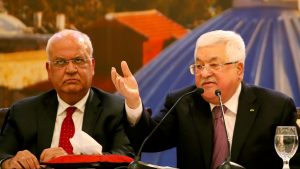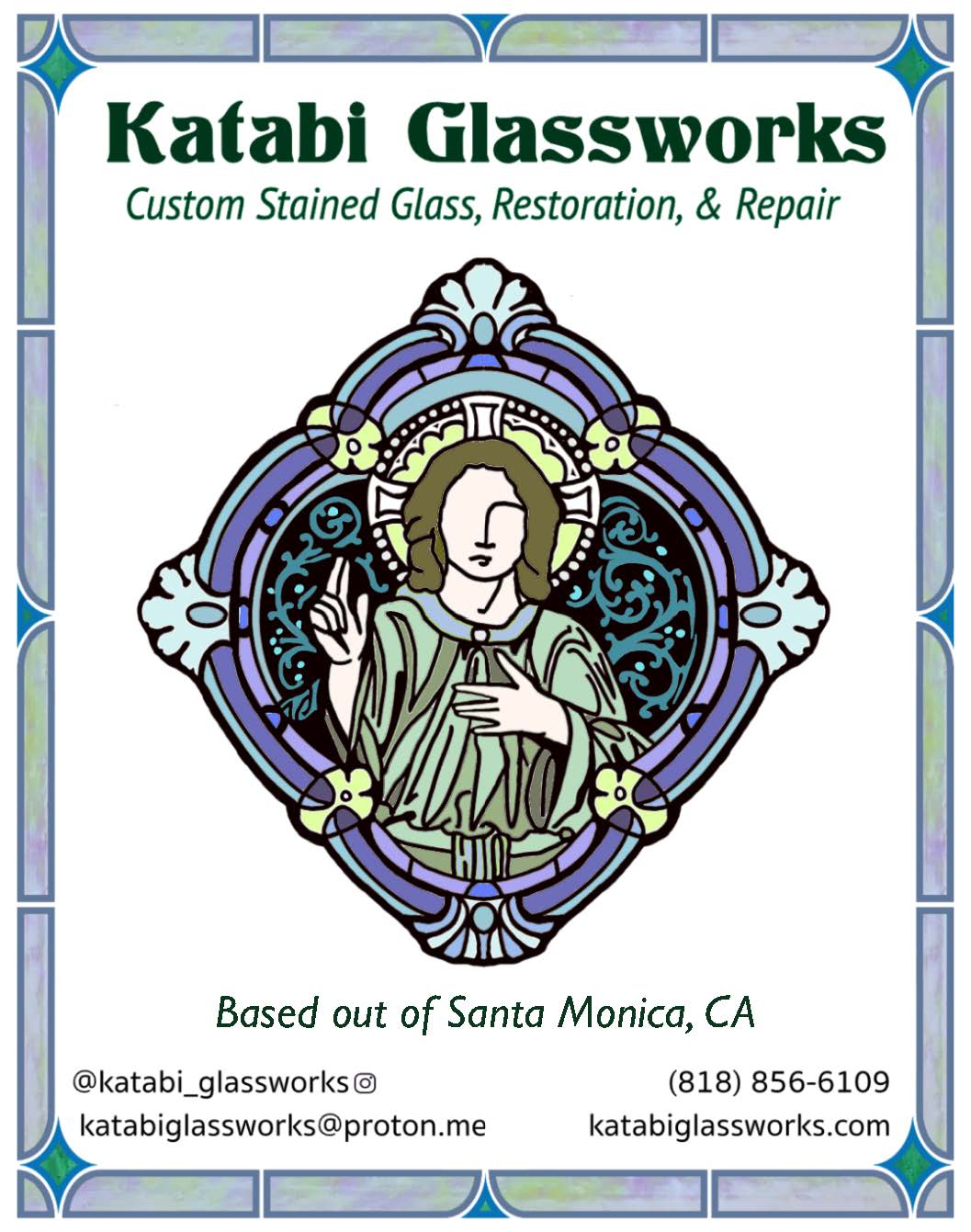Pope Leo XIV welcomed Palestinian President Mahmoud Abbas to the Vatican to celebrate the 10th anniversary of a Vatican-Palestinian agreement recognizing the State of Palestine and guaranteeing the freedom of the Catholic Church in the territory.
"During the cordial talks, it was recognized that there is an urgent need to provide assistance to the civilian population in Gaza and to end the conflict by pursuing a two-State solution," the Vatican said in a statement released after the 30-minute meeting Nov. 6.
While it was their first meeting in person, Pope Leo and Abbas had spoken by telephone in July when the fighting was still raging in Gaza and the humanitarian disaster was increasingly intense.
The Palestinian Authority claims Gaza as part of its territory and controlled the region before Hamas took over in 2007. Abbas, who has been the president of Palestine since 2005, belongs to the Fatah party, which has been in an ongoing conflict with Hamas.
Speaking to reporters Nov. 4, Pope Leo said he was thankful that the first phase of the Israel-Hamas ceasefire was continuing even though it was "very fragile."
But he also was asked about Israelis expanding settlements in the West Bank and settlers threatening Palestinian villagers and provoking tensions by going up to the square outside the Al-Aqsa Mosque in Jerusalem, the third holiest site in Islam.

Al-Aqsa is located on what is known to Muslims as the Haram al-Sharif and to Jews as the Temple Mount, where the two biblical Jewish Temples stood.
"The theme of the West Bank and these settlers is really complicated," Pope Leo told reporters. "Israel says one thing and then does another sometimes. We want to try to work together for justice for all people."
Soon after arriving in Rome Nov. 5, Abbas went to the Basilica of St. Mary Major and laid a bouquet of white roses on the tomb of Pope Francis.
"I came to see Pope Francis because I cannot forget what he did for Palestine and for the Palestinian people," he told reporters, "and I cannot forget that he recognized Palestine without anyone having to ask him to do so."
With the signing in 2015 of the "Comprehensive Agreement between the Holy See and the State of Palestine," the Holy See officially recognized the state of Palestine and restated its longtime support of a "two-state solution" to tensions in the Holy Land with both Israel and Palestine enjoying sovereignty, security and defined borders.

